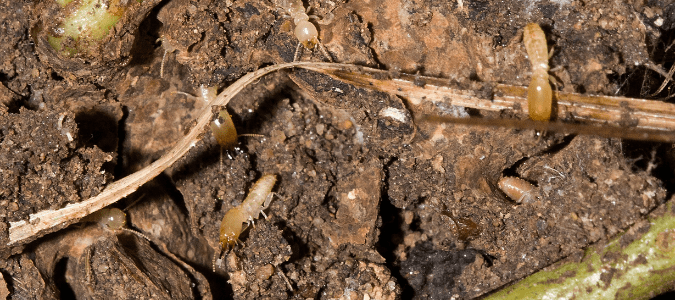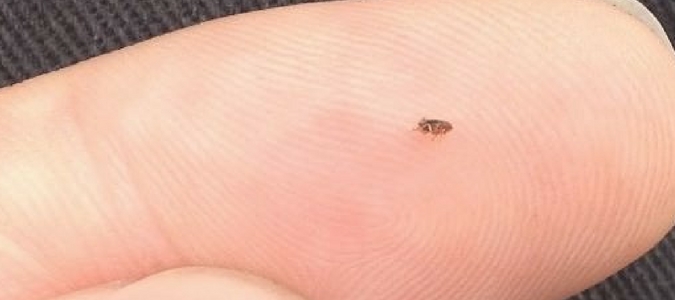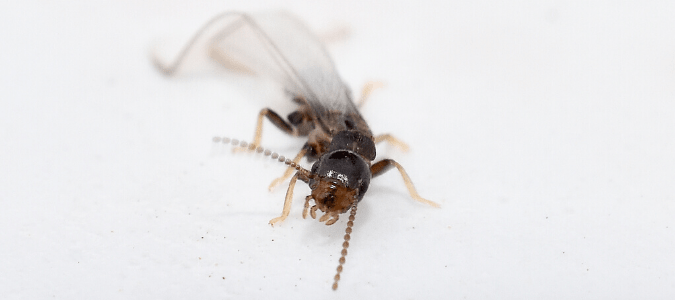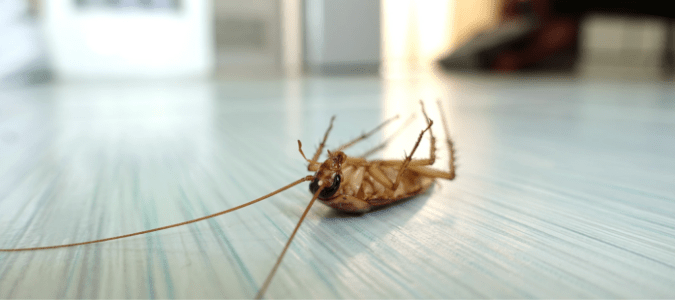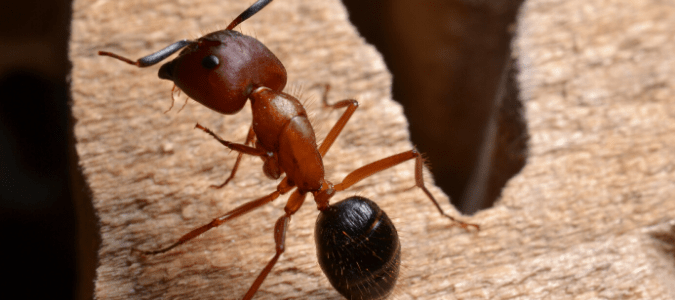Brown Recluse Vs Wolf Spider: Which One Is On My Property?
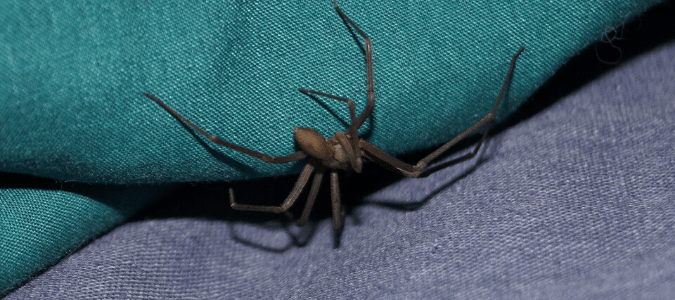
You may be anxious after finding a brown spider in or around your home. After all, you know that brown recluses are native to the area and a bite from one of these spiders can be dangerous. That said, you’ve also heard about wolf spiders. Wondering which type you have spotted? There are a few major differences between a brown recluse and a wolf spider that can help you properly identify which is which, including:
- The size. A wolf spider is shockingly large, growing up to an inch and a quarter in length. Meanwhile, the brown recluse is rarely larger than three-quarters of an inch.
- The appearance. As its name suggests, the wolf spider is hairy, with a fuzzy or furry appearance. In contrast, the brown recluse spider has smooth body parts.
- Markings. The wolf spider has a pattern on its back with multiple colors, most commonly stripes, whereas the brown recluse is … Read Full Post »
